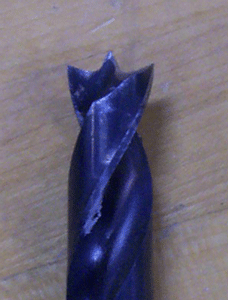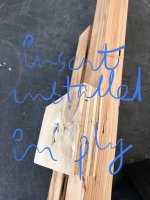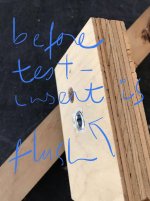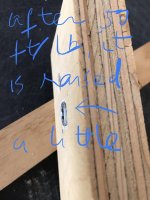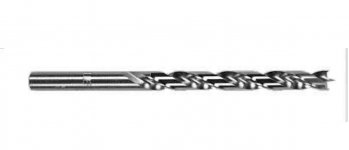Good morning all.
I got the inserts (3/8-16) for hardwood from McMaster for my rails, and a drill bit from Champion Cutting Tool Corp (USA made). The bit looks great, but is a pointy regular drill bit since I can’t seem to find any forstner bit with the same size.
So, when i drill press the hole, it needs to go into the rail 1/4” deeper to compensate for the point head (which is not end of the world - I just don’t like the unclean look). Most importantly, since the bit spiral is big - I think - it vibrates which in turn makes the hole at least 1/64” bigger. Now i can use my 5/8” forstner bit to put inside the hole fitting perfectly.
I will use glue with the inserts. But the questions are:
- can/should I just use the 5/8” forstner bit then?
- if not, what bit/brand/method you’re using?
Thanks much
I got the inserts (3/8-16) for hardwood from McMaster for my rails, and a drill bit from Champion Cutting Tool Corp (USA made). The bit looks great, but is a pointy regular drill bit since I can’t seem to find any forstner bit with the same size.
So, when i drill press the hole, it needs to go into the rail 1/4” deeper to compensate for the point head (which is not end of the world - I just don’t like the unclean look). Most importantly, since the bit spiral is big - I think - it vibrates which in turn makes the hole at least 1/64” bigger. Now i can use my 5/8” forstner bit to put inside the hole fitting perfectly.
I will use glue with the inserts. But the questions are:
- can/should I just use the 5/8” forstner bit then?
- if not, what bit/brand/method you’re using?
Thanks much


